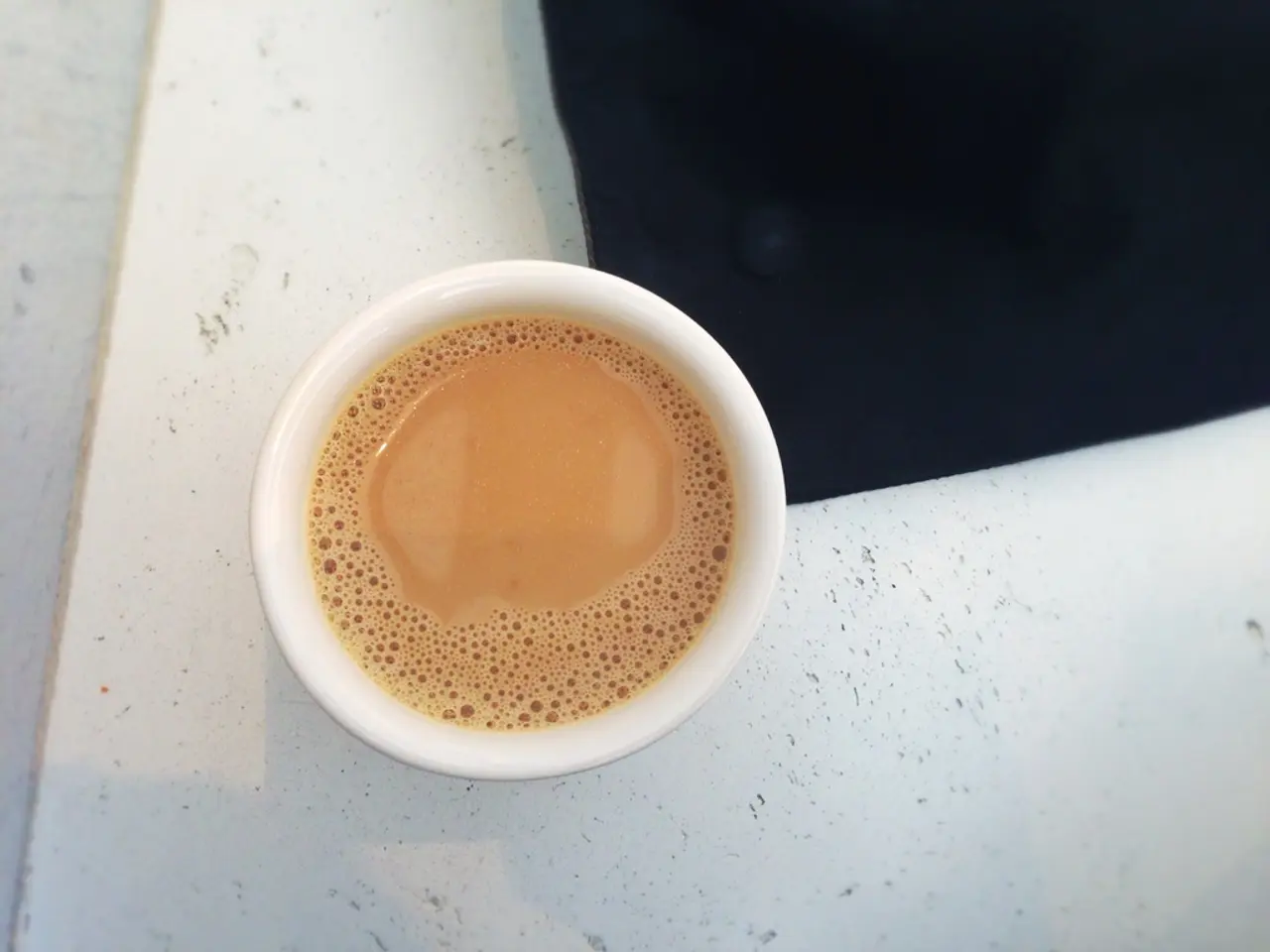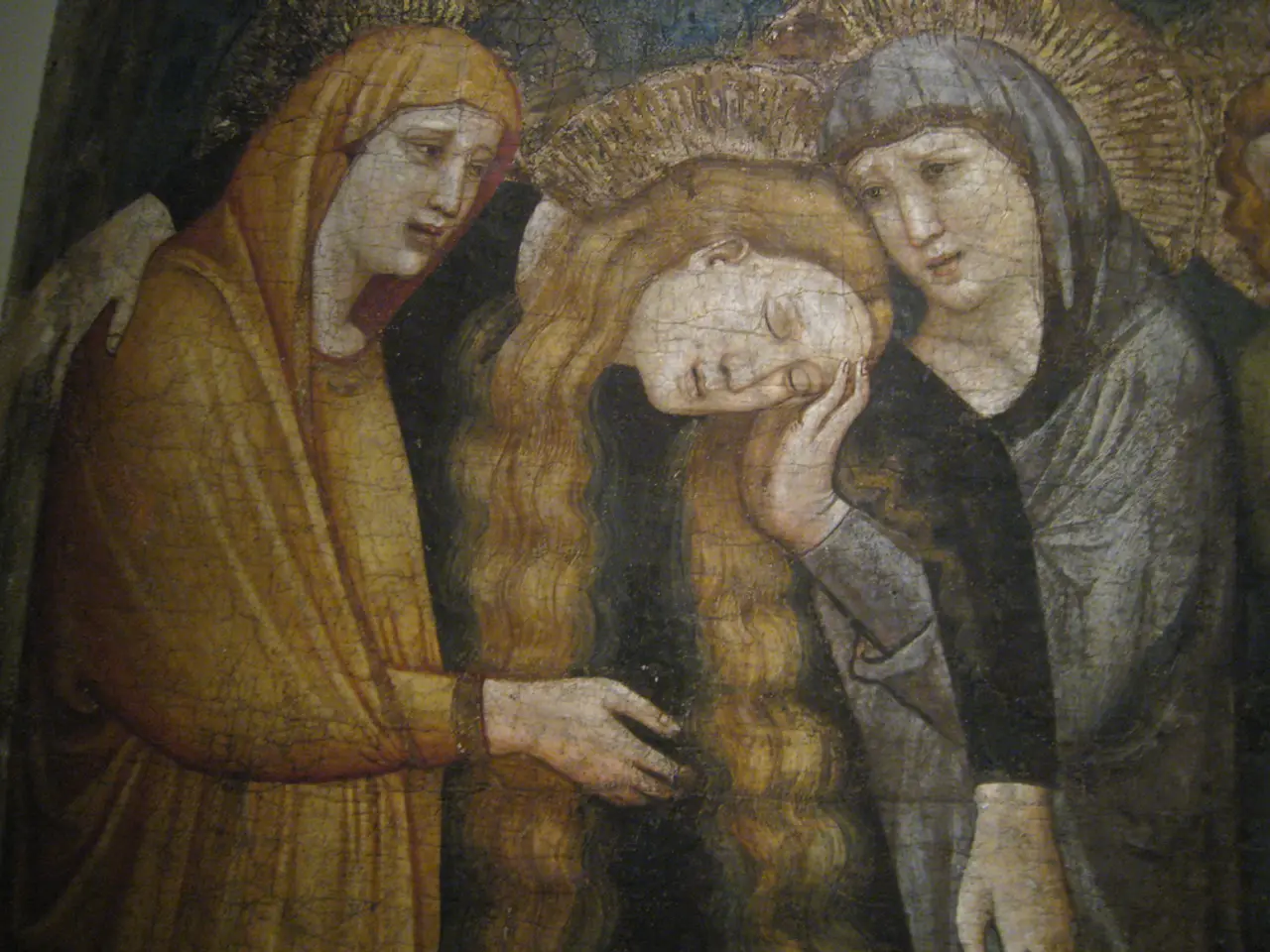Mastering the Japanese Tea Ceremony: Selecting Ideal Tea Tools
In the world of authentic Japanese tea, the right teaware is as important as the tea itself. Each piece contributes uniquely to the ceremonial and sensory experience, making every cup a small act of mindfulness and appreciation.
The Kyusu, a traditional Japanese side-handled teapot, is prized for its ability to brew green tea with excellent control of steeping time and temperature, enhancing the tea's flavour and aroma. Made of clay, the Kyusu's material interacts with tea compounds, further improving the taste. For everyday teas like sencha, the yokode kyusu, with a side handle, is perfect. For serving multiple people, the ushirode kyusu, with a back handle, is ideal.
The Yunomi, a taller, handle-less ceramic cup, is intended for daily tea drinking. Its comfortable shape and earthy ceramic surface enrich the tea’s flavour and offer a casual, yet authentic, tea drinking experience distinct from formal ceremonial use. Holding a yunomi in both hands allows you to feel the warmth of the tea and engage more fully with the experience. Yunomi cups come in many designs, ranging from minimalist to intricately decorated.
The Chawan, a matcha bowl used for preparing and drinking matcha in the Japanese tea ceremony, is a crucial part of the traditional matcha preparation ritual. Its shape and texture influence the whisking process and the mouthfeel of the tea, creating an intimate sensory connection between the tea and the drinker.
The Chasen, a bamboo whisk specifically designed for whisking matcha powder with hot water, is crucial for creating a smooth, frothy tea with balanced flavour and texture. The Chashaku, a slender bamboo scoop used to measure and transfer matcha powder, helps control the amount of matcha for the optimal brew.
A Tetsubin, a traditional Japanese cast iron kettle, is valued not only for its durability but also for the way it retains and evenly distributes heat. Some believe the iron enriches the water, subtly enhancing the tea's taste. Tetsubins add an aesthetic and traditional element to the tea preparation. They come in two types: pure cast iron and enamel-coated, each with its own advantages and disadvantages.
Together, these tools support the ritual, precision, and sensory immersion characteristic of authentic Japanese tea culture. The Kyusu, Yunomi, and Tetsubin contribute mainly to steeping and drinking traditional loose-leaf teas like sencha, while the Chawan, Chasen, and Chashaku are specific to the ceremonial preparation and enjoyment of matcha. Each piece's material and shape also enhance flavour, aroma, and overall experience, combining aesthetics with function.
In building a Japanese tea set, starting with essentials like a Kyusu or Yunomi and gradually adding pieces as you explore different teas, is a journey that adds depth and enjoyment to the tea experience. A tetsubin adds elegance and warmth to the tea-making process, making each cup a small act of mindfulness and appreciation.
- In addition to the traditional Japanese teaware enhancing the tea-drinking experience, fashion-and-beauty elements are also present, with the Yunomi cups coming in many designs, ranging from minimalist to intricately decorated.
- The world of Japanese tea extends beyond the teaware, encompassing food-and-drink offerings such as recipes for brewing green tea with a Kyusu, and the special matcha powder and utensils like the Chasen and Chashaku for preparing and enjoying matcha in a Chawan.
- For those wishing to immerse themselves in the full Japanese tea lifestyle, home-and-garden accessories like a Tetsubin kettle can add aesthetics and tradition to the tea preparation process, making every cup a small act of mindfulness and appreciation.




